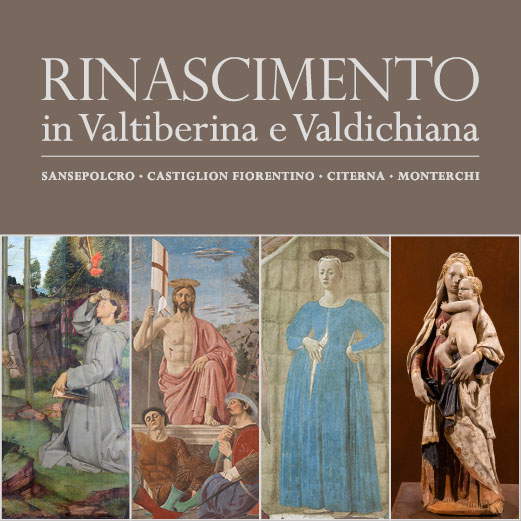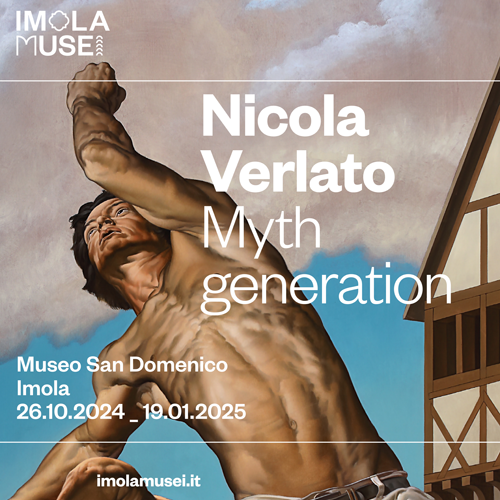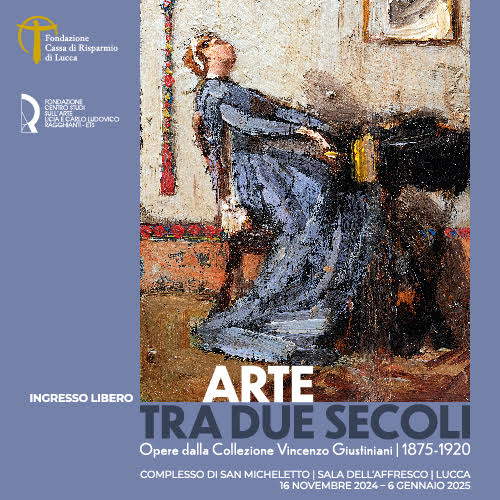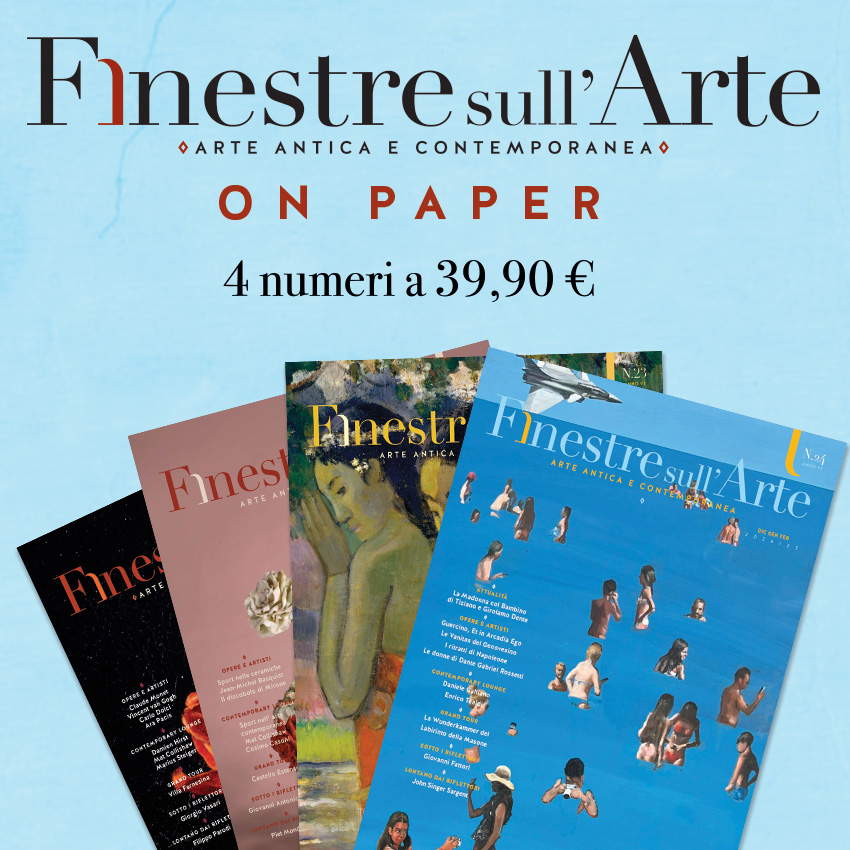Axel Hémery: "an honor to direct the National Art Gallery of Siena. Here's what we're going to do from now on."
Axel Hémery has been the new director of Siena’s Pinacoteca Nazionale since March, the first since the Siena museum was granted autonomy. French, born in 1964, an art historian, he was director of the Musée des Augustins in Toulouse from 2009 to 2021. In Siena, he takes over an institution with many problems to solve: low visitor numbers, reduced opening hours (the museum opens only five hours a day, and what’s more, closes on the second and fourth Sundays of the month), and outdated layouts. We spoke with him about what will be the first steps that the National Art Gallery of Siena will take under his direction. Interview by Federico Giannini.
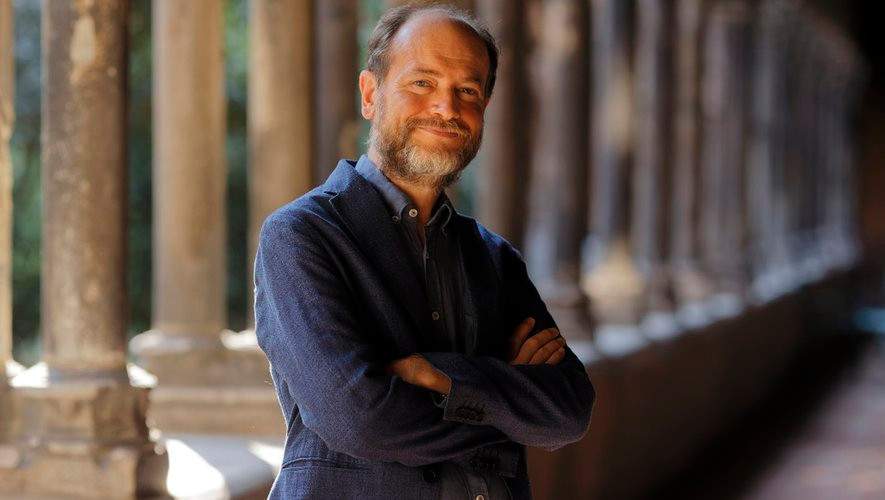
FG. Director, what does it mean to you to work in Italy and in a museum like the Pinacoteca Nazionale di Siena, in the world’s most important collection of paintings of the Sienese school?
AH. It is an honor and a privilege to be able to work in this fabulous museum, and I would say it is also an honor and a privilege to be able to join this Italian museum system. What is interesting is that, perhaps, before from abroad they looked almost in astonishment at this Italy that could not get anything done with these museums even though they were so rich in splendid works. Now, however, there is an understanding that this reform is beginning to bear fruit and as a result there is a completely different attitude. And I am very happy to be part of this movement.
This movement, moreover, has led to the National Art Gallery recently becoming an autonomous museum, and you are the first director of the Art Gallery since the museum was granted autonomy. So this is also a recognition of the great importance of this institution, which has enormous potential but also a big problem, namely, it is visited by only 10,000 people a year. Why do you think a museum of such importance has this obvious problem?
I would say that it is definitely a problem, but it is also the consequence of a lack of supply, not in the sense of collections, which are fabulous, but in the sense of experience: today the public expects more from a museum. That is, they expect to see at least well-lit rooms, they expect to see in-depth captions in Italian and then ideally in another language as well, they expect to have a clear exhibition route. And then one also expects to have some elements of convenience, such as a bookshop, maybe even a cafeteria, and at the moment during a visit to the Pinacoteca Nazionale di Siena all these aspects are missing. And then the collection itself, despite its considerable importance, still remains a “niche” collection, somewhat difficult to understand for those who do not already know a little bit about 14th- and 15th-century painting, and in particular that of Siena. Thus, that there has been such a low number of visitors so far is unfortunately something that can be explained quite well. Then there is the fact that for a long time a very hit-and-run type of tourism reigned in Siena, which went almost only to the Duomo and Piazza del Campo, with the consequence that these flows obviously did not stop at the Pinacoteca, which is about a hundred meters from the crossroads where the bulk of tourism is concentrated. However, I think that with internal improvements (especially of the route) and with a little more communication (and maybe even a redone website) we could bring in more visitors. And then, we also need to work on the Sienese, the local public who had kind of stopped going to the Pinacoteca, maybe because they already know it. But the local public often knows the museum simply as a place where they have been visiting with their school: therefore, it is precisely the image of the Pinacoteca that we need to change a bit.
I understand that you have identified at least four issues, and beyond the one concerning tourist flows, I would like to focus on three of these nodes: fittings, communication, and the relationship with the Sienese. Regarding the stagings, it is true that the captions are a bit dated and are only available in Italian, the hall panels are missing, the lighting let’s say is often not so exciting. Have you already envisioned any interventions between now and then? Will there be any improvements? What will be the first interventions on the layout?
We will start precisely by rethinking the arrangements, although so far I have not decided to what extent we will be able to intervene, that is, whether we will work more on individual works or more on the rooms: at the moment we are working on these hypotheses, on the level and nature of the intervention. In any case, the seat of the Pinacoteca has structural constraints for which it will not be so easy to redo everything, and the possibility of radical intervention is very limited: the arrangements at the moment are already in chronological order, but there are still some repetitions in the exhibition itinerary, so in this case we may have to proceed with new approaches. I can already anticipate an intervention on some of these rapprochements, because they seem a bit obvious and then they also reflect the evolution of art history: for example, at the moment the two landscape fragments that were previously attributed to Ambrogio Lorenzetti and are now known to be by Sassetta, and they are part of the Arte della Lana Polyptych, are isolated. They will need to be reintegrated to the case of Sassetta’s Polyptych of the Art of Wool, and this is something that will definitely be done. Others are even more difficult to imagine today, because I have not yet reached this level of decision. However, these kinds of interventions will make it possible to give more sense to the exhibition itinerary, also because now, when you visit the museum, the impression is that each era has left its mark on this Pinacoteca. There was, for example, an exhibition in 1995, and from there a display case with its caption remained, then again in 2010 there was another intervention, and in the itinerary you can see that there was this intervention: there needs to be a unity of thought, and the work we are going to do will also serve for this. But I would like to emphasize the work done by those who preceded me in the last three years, with the redoing of the thermal, electrical, video surveillance, facades and roof systems. So I have been handed a building that is finally healthy to face the challenges that the Pinacoteca presents. In this regard, I would like to thank Elena Rossoni and Stefano Casciu for the tremendous work they have done in one year and to say goodbye to Cristina Gnoni and Anna Maria Guiducci.
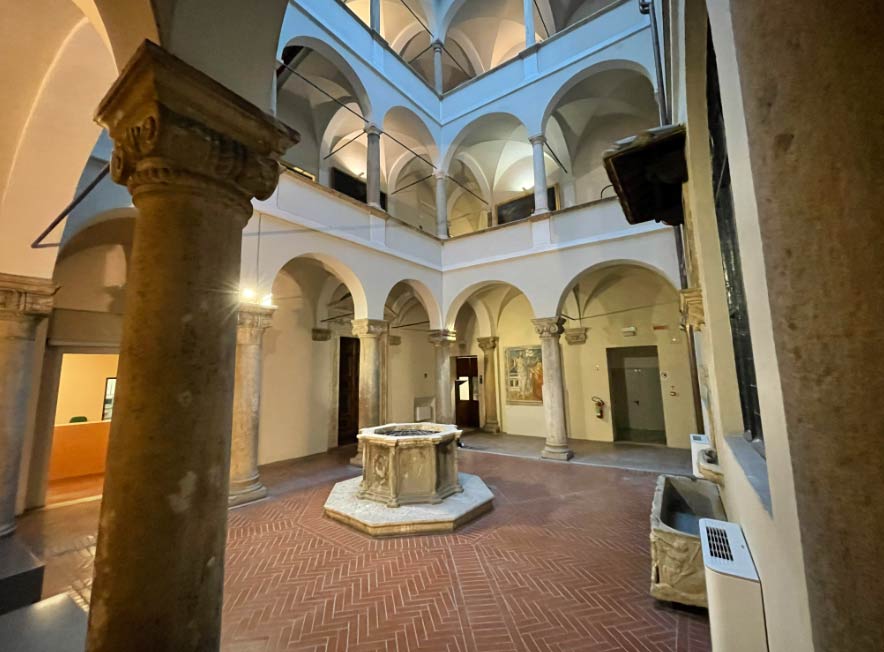
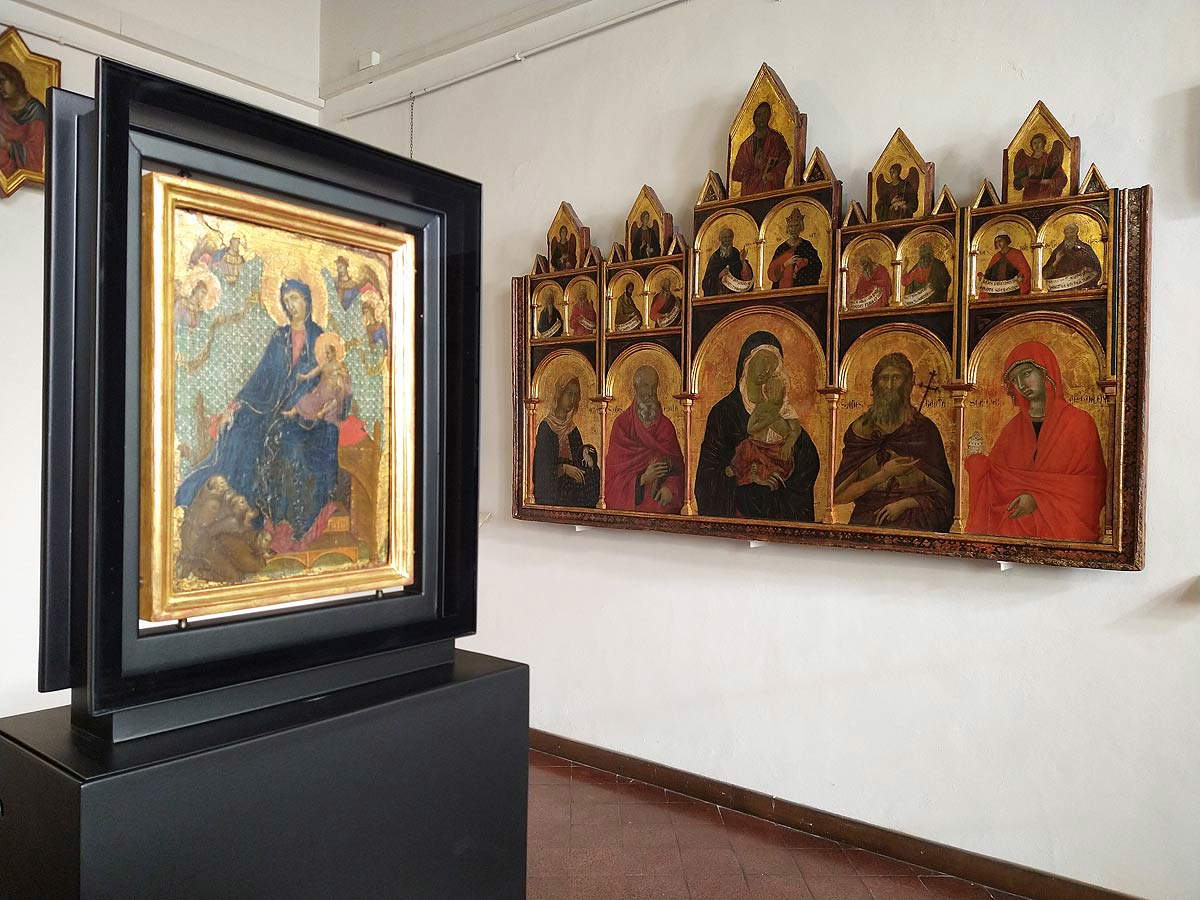
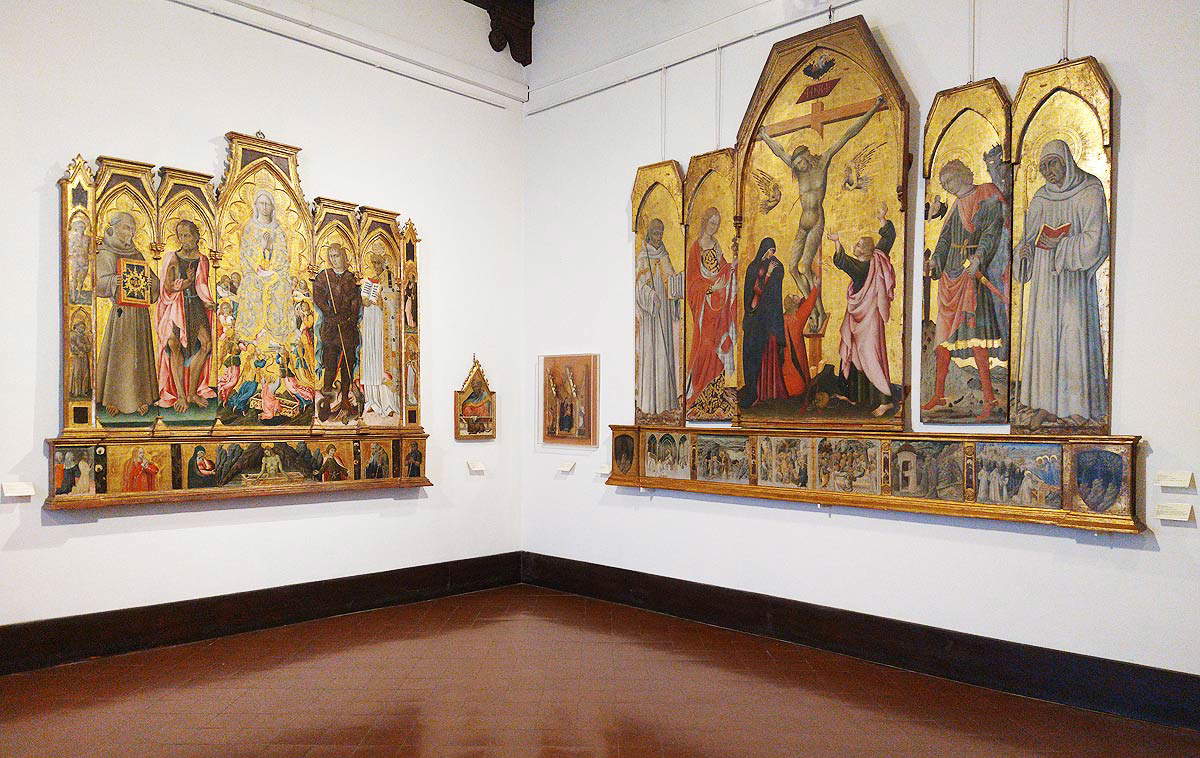
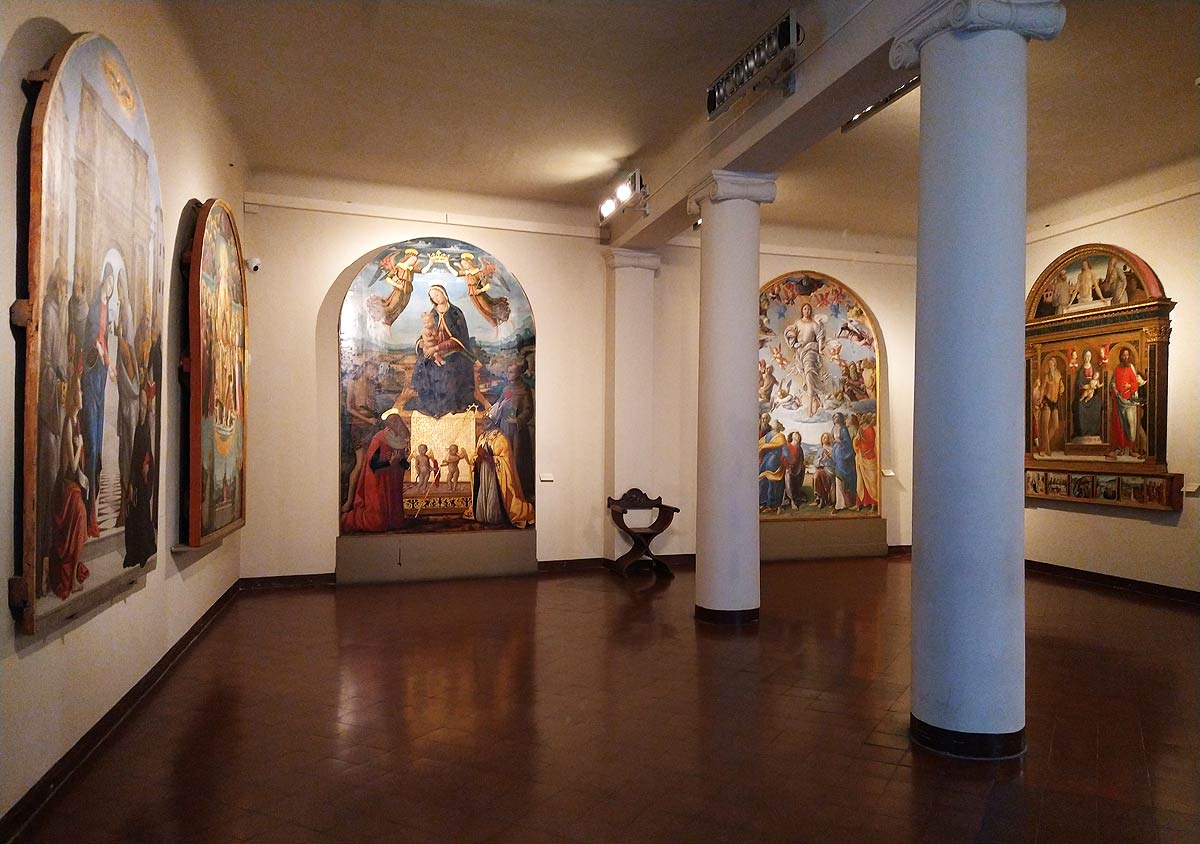
Another element that you pointed out earlier is the fact that the National Picture Gallery’s collection, as important and grandiose as it may be, is still, as you say, a “niche” collection, which may perhaps be a little bit hostile for those who are not already familiar with Sienese art. From this point of view, do you already have actions under study to be able to better communicate, better get this collection to an audience perhaps even not specialized?
You have to focus so much on storytelling, because there is also another element that you have to pay attention to and that is related to the nature of this collection: the fact that it is a predominantly sacred art collection. And so in my opinion, if we tried to focus more on the narrative discourse, we would find many stories to tell the public, I’m thinking for example of Simone Martini’s Polyptych of Blessed Agostino Novello, whose predella presents scenes with the saint’s miracles: these are wonderful stories, universal stories. And in works like this one can find at least three levels of narrative. One concerns the simple narrative of these medieval stories, the second is the narrative of the structure of the polyptych, the reconstitution of the polyptychs, how they functioned and what role they had, and finally there is also a scientific discourse (of restoration, for example). In my opinion, it is necessary to combine these three levels of the narrative in order to get a better understanding of this art that is obviously quite far from the concerns of the current public.
Finally, the third element I would like us to focus on is the relationship with the Sienese, with the city, and more generally with the territory. How do we establish (or re-establish) a relationship with the city, with the territory, with the Sienese, and thus invite them to attend, perhaps even repeatedly, the Pinacoteca?
It seems to me that there has been a lot of expectation, and there is still a lot of expectation, with regard to the Pinacoteca, and autonomy is nevertheless a very positive element because it allows us to talk much more easily and effectively with all the actors in the territory. I have already started this dialogue, and it is just absolutely natural, because all the Sienese collections intertwine in a very spectacular way. An important part of our collections comes from the territory, a part comes from the Santa Maria della Scala, and so there are completely natural connections: for example, I recently talked to the tour guide associations about the idea of activating a tour dedicated to Domenico Beccafumi, whose works are not only at the Pinacoteca, but are found scattered around the city. It seems to me that there is a great willingness on everyone’s part to dialogue, to offer common routes. It is true that in Siena there is also a strong parochial “tradition” and so everyone tries to defend his own field, but at the same time we, as an autonomous institution, are well equipped to be at the center of this dialogue, and since I arrived I have noticed that people also see us at the center of this dialogue. So I can make a very positive first assessment of this capacity for dialogue that we have found.
In fact, ever since you took office (but actually even before), you have been very insistent on the need to activate collaborations with other institutions in the area, I am thinking for example of Palazzo Pubblico and Santa Maria della Scala itself with whom, moreover, the Pinacoteca has already recently collaborated for the Piccolomini Spannocchi collection exhibition. Do you have an idea of how the Pinacoteca could intervene to activate long-lasting synergies, perhaps with the other cultural stakeholders in Siena?
First of all, we need to make these places open, because in any case there is a problem of lack of openness of our museums, which also affects the Pinacoteca, which is open very little, and this is something that will certainly have to evolve when we have staff hires. Let’s say the priority is to be able to open all the cultural places in Siena and to create pathways, to also create connections on fees and tickets. A lot has already been done and we will continue on this path. Then of course there is the question of exhibitions: the Pinacoteca can only do small exhibitions-dossiers, because the spaces do not allow anything else, and we will do them even if organizing exhibitions is not a priority for us: first we need to really strengthen the Pinacoteca. However, exhibitions are a useful tool for the territory, and in Siena there are only a few venues where the most important exhibitions can be organized. And then we also need to think about the university: we work and will work a lot with the two universities, the Università degli Studi and the Università per Stranieri. The two universities in Siena are very strong and have scholars of the highest level, I see them already at the center of all our projects and territorial dialogue. So basically, I see a pretty positive situation: very high-level collections, very high-level scholars and a constant willingness to dialogue, so I think the situation should not be stuck for very long.
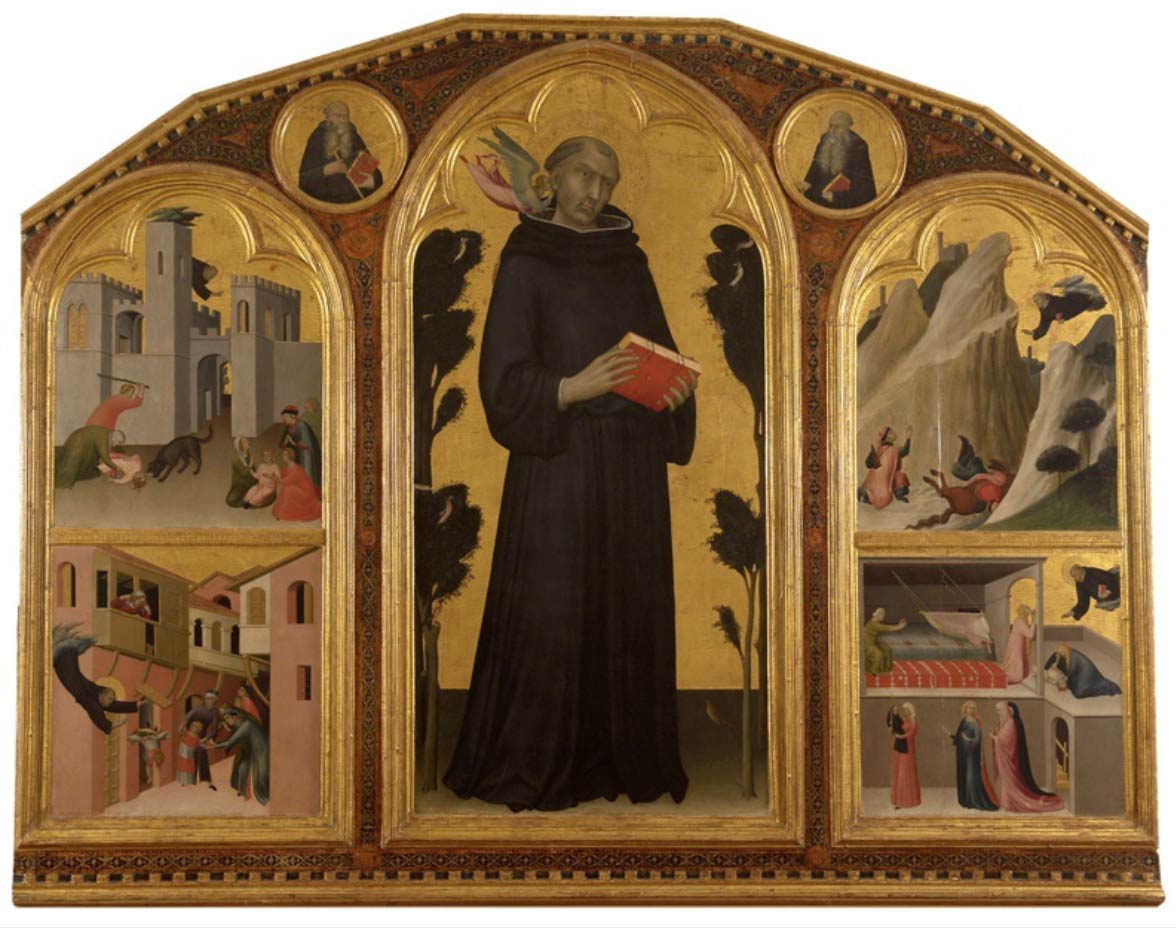
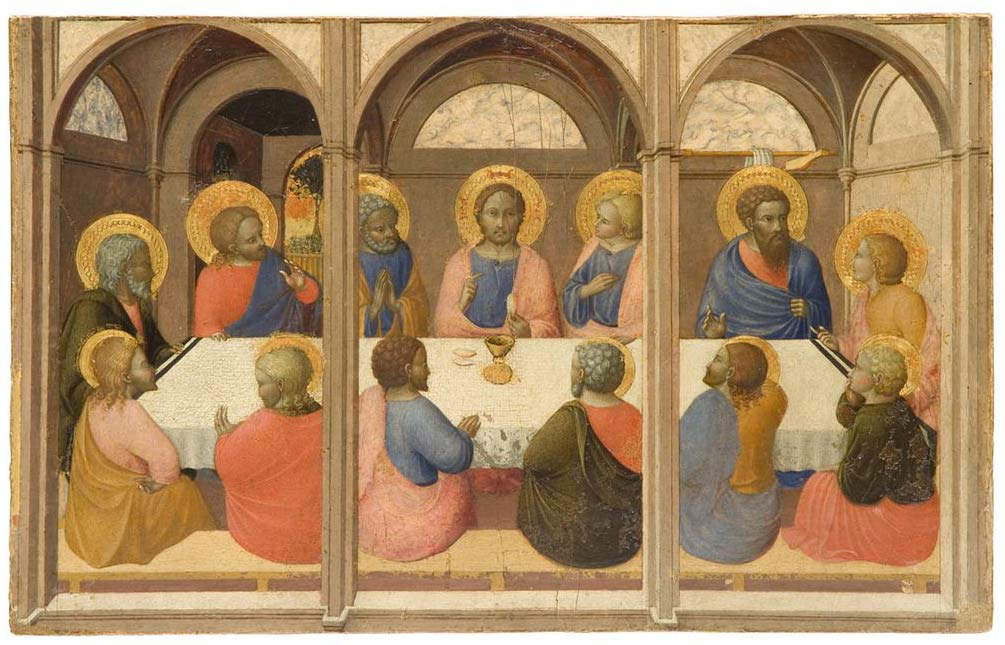
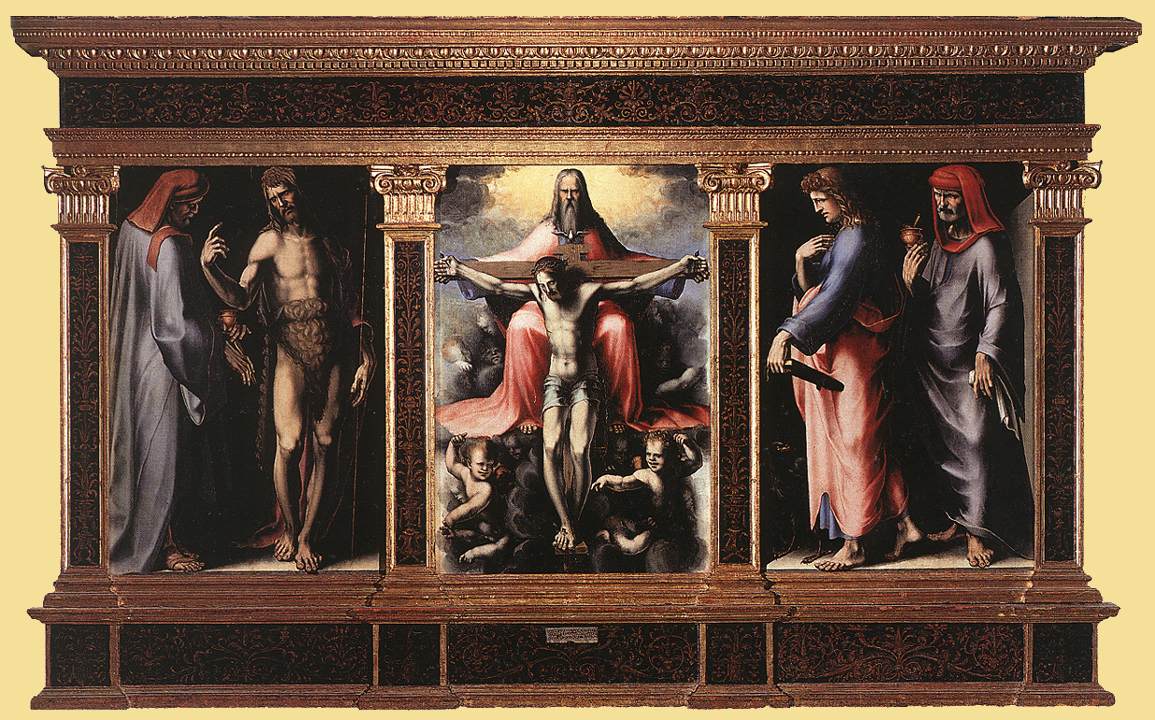
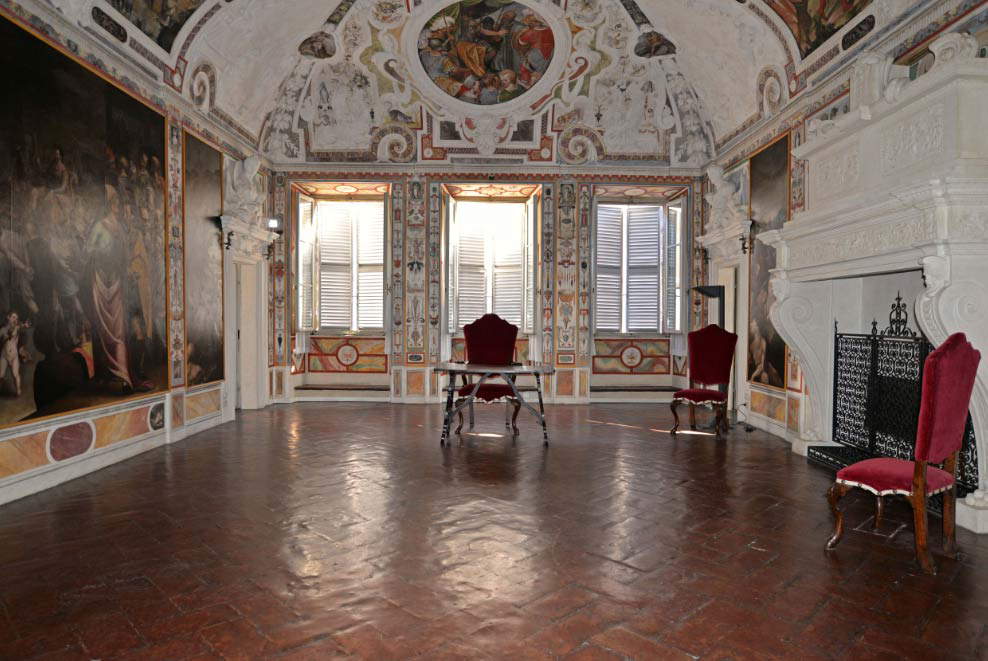
Changing the subject and focusing again on the Pinacoteca: regarding the digital and communication chapter, how is the museum now and what are the actions to use these important tools?
Meanwhile, the website needs to be redone, and it also needs to be made much more accessible. Having done that, which is a priority, we will think about how to use digital to complete the visit, because in any case the National Picture Gallery is a museum very much out of context, in the sense that, for example, so many fragments of our polyptychs are scattered around the world, so we should also offer the visitor a way to understand the work as a whole. This can also occur in the rooms, with the use of multimedia devices, or even on the site: in other words, one would need to offer reconstructions of altarpieces, one would need to make the architectural context understandable when there is a clear one even with detached frescoes, and of course digital resources are essential in this process. The Pinacoteca will need very important digital support. We also have a very important archive and library, as well as a photographic fund covers the whole territory: digital will also be needed to be able to communicate and disseminate these images much more.
Two important sites such as Palazzo Chigi Piccolomini alla Postierla and Villa Brandi are also linked to the National Art Gallery of Siena: what plans do you have for these two sites?
Because we have difficulty opening even the Pinacoteca so consistently, we say we will do extraordinary openings. We are about to discuss the enhancement plan, and we will propose extraordinary openings of these two sites. Right now, at this time, the Palazzo Chigi Piccolomini is open for free on Tuesday and Thursday afternoons, and after that we will also do special openings for Villa Brandi, starting this fall. These are two exceptional places, and of course we hope to open them much more often. Then the National Archaeological Museum, which is in Santa Maria della Scala and is a very important museum, has also joined the autonomous institute. And the very interesting thing is that in the history of the four institutes that are under my responsibility there is the shadow of two very important figures in the history of art and the history of restoration: on the one hand Cesare Brandi and on the other hand Ranuccio Bianchi Bandinelli. They are figures with whom it is challenging and difficult to measure ourselves, but they are nevertheless also two models that can inspire us.
To conclude, one last question: what do you think are the three most urgent priorities that the Pinacoteca needs to work on between now and the coming weeks or months?
I would say the website and communication in general, then the layout and lighting, and finally all the educational aspect in the rooms (the captions for example): it will really need a lot of concrete work in these first months. We will work to insert ourselves in the tourist flows that already interest the city, to make everyone aware of the wonders of our museum, but above all to make the Sienese understand that the museum, in all its four locations, is their home. A place to come and to return to, where they can rediscover a little piece of their history every day.
Warning: the translation into English of the original Italian article was created using automatic tools. We undertake to review all articles, but we do not guarantee the total absence of inaccuracies in the translation due to the program. You can find the original by clicking on the ITA button. If you find any mistake,please contact us.




